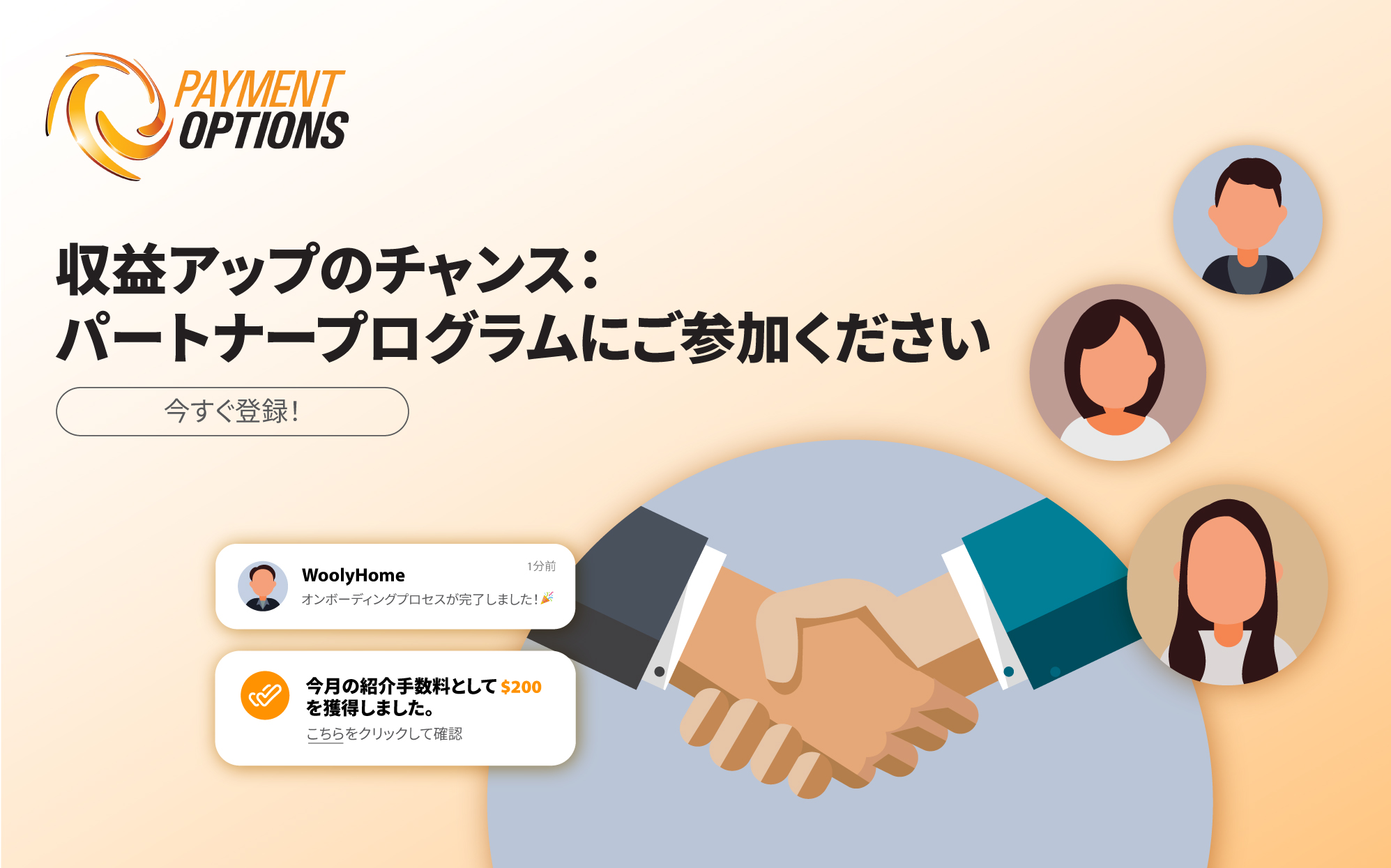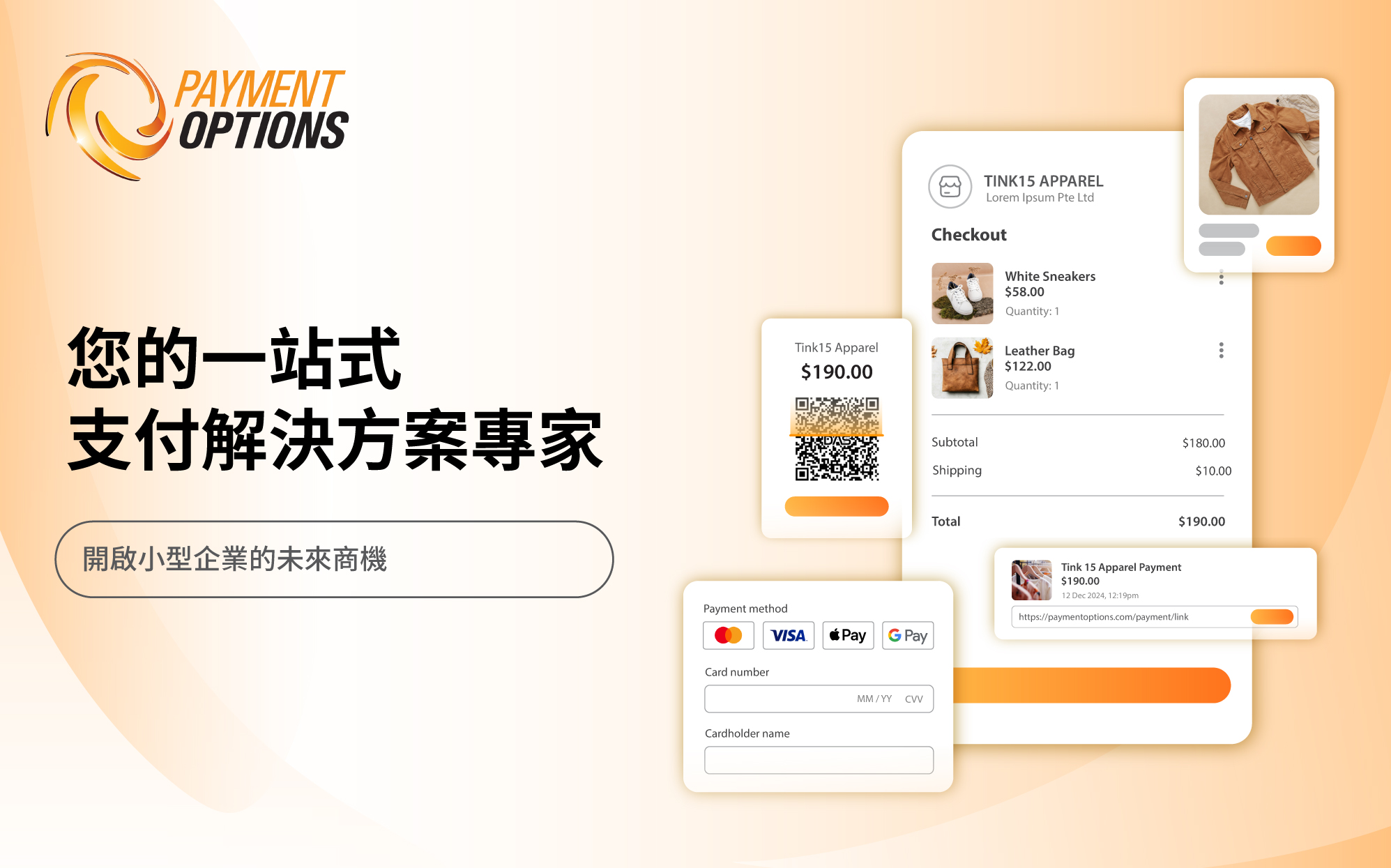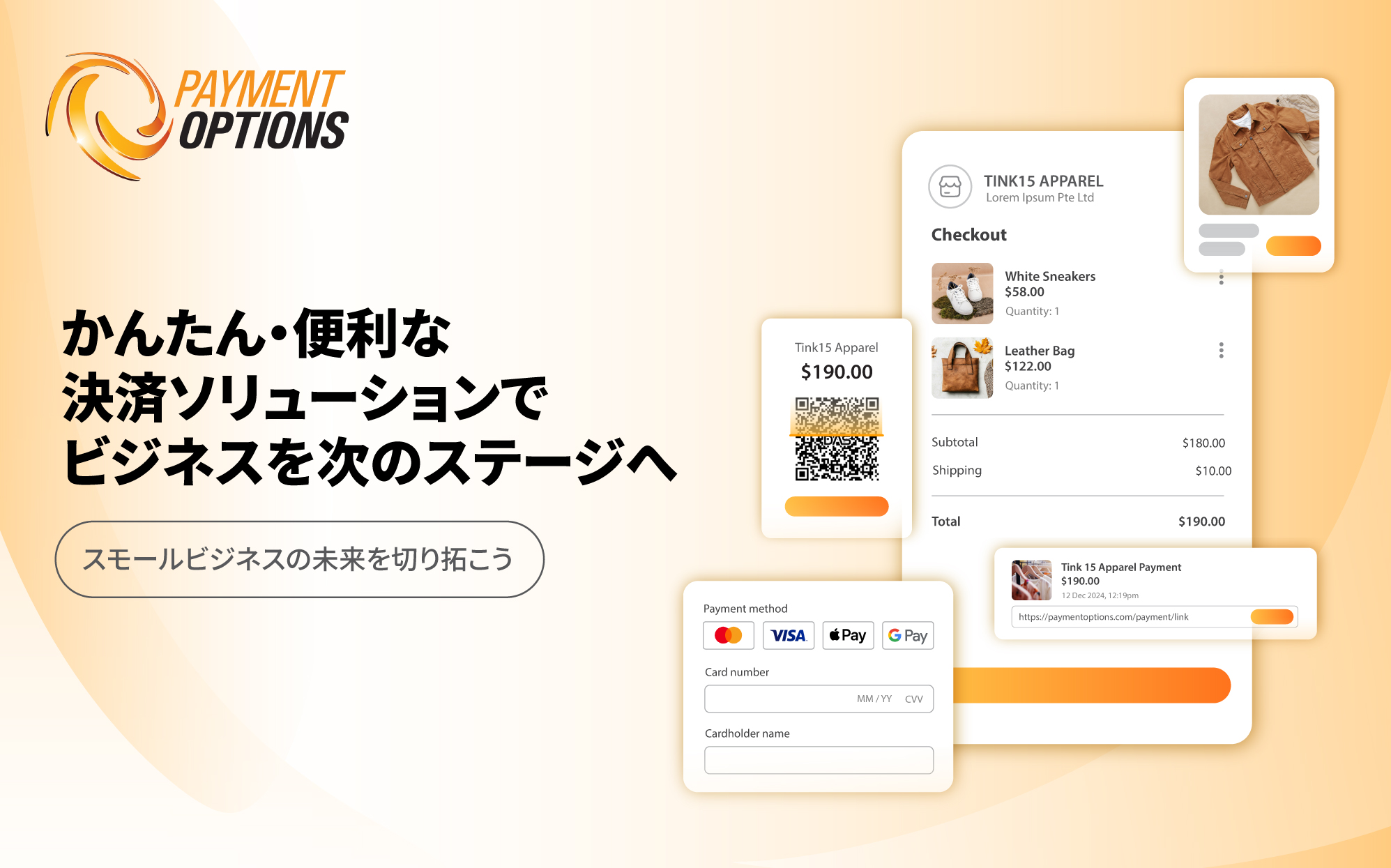Can You “Chargeback-Proof” a Transaction with 3-D Secure?

3D Secure is a privacy system for digital card transactions which adds an extra layer of protection. Arcot Systems developed this technology, which was initially utilized by Visa to enhance the safety of online transactions.
It’s an excellent resource to have in your toolbox. But, the safety provided by 3-D Secure has led to a fallacious impression of privacy among many merchants. Some people consider 3-D Secure to be a technique of “chargeback-proofing” their transactions. However, as we’ve seen, it’s not quite that straightforward.
Is a transaction “chargeback-proof” with 3-D Secure?
No, this is not the way things work. The following factors will support this argument.
- Implementation of the 3ds continues to be low.
3-D Secure is, first and foremost, an “opt-in” technology. Your consumer must be signed up for the 3DS system that relates to the card manufacturer.
Throughout the last two years, the utilization of 3DS in online transactions has grown by 79 percent. Many businesses are using it for the first time, thanks to the release of 3-D Secure 2.0 and later versions, which solved several of the problems that had put them on the market about the system.
But, considering that the most recent version of 3DS was used in less than 1% of total card and debit payments completed in 2019, usage is still quite low. The majority of cardholder-initiated purchases still do not use 3-D secure authentication.
- Chargeback sources are an issue
Chargebacks submitted with the cause code “fraud” are protected by 3DS. So, if a customer submits a chargeback alleging that a payment was illegal, yet the 3-D secure technique has been used, you’re safe.
However, there are a bunch of non-fraud cause factors to examine. A chargeback may still be issued if the consumer, or an institution operating on their behalf, asserts that the:
- The transaction was not presented for execution in a reasonable timeframe.
- Incorrect currency code has been used.
- The transaction amount was entered incorrectly.
- The transaction was submitted numerous times.
- The merchandise in issue was not delivered.
- Delivered products that did not match the description.
- The things supplied were misrepresented.
That’s only a sampling of possible scenarios. Even if the statement is fraudulent, you can get a chargeback related to a range of complaints, and 3DS will not assist you.
Is 3-D Secure Effective in Preventing Chargeback Abuse?
The answer is once again a big “no.” Friendly fraud, often referred to as chargeback abuse, applies to any scenario in which a consumer requests a chargeback without a justifiable justification. If you’re using 3-D Secure, friendly fraud could still occur if the cardholder’s request isn’t linked to a fraudulent reason code.
Now let us suppose a cardholder purchases anything from your online marketplace. You received a successful 3DS authentication, payment approval, transaction submission for approval, and shipment of the items. The cardholder subsequently initiates a chargeback months later, saying they never got the product.
Since the cardholder’s allegation has nothing to do with authorization, 3DS will be irrelevant as proof in this scenario. This leaves a large number of transactions exposed. Due to the risk that chargeback misuse connected to non-fraud reason codes poses, you must acknowledge that chargebacks are still a long journey from being completely eliminated.
Of course, this isn’t to argue that chargeback prevention is impossible. We’re still not implying that the 3DS is ineffective. The technique provides excellent security against chargebacks caused by illegal activity. However, rather than thinking of 3DS as a technique to “chargeback-proof” your activities, consider it as part of a bigger engine that powers your fraudulent and chargeback control technique.
- DETERMINE THE SOURCES OF CHARGEBACK.
You must understand the main reason for each issue in order to minimize chargebacks. This data will not be provided via reason codes. It comes from in-depth research, innovative tactics, and cutting-edge technology.
All consumer complaints can be traced back to one of three common causes: retailer negligence, illegal fraudster, or friendly fraud. Each of them presents its own set of problems and possible triggers, necessitating a different approach to prevention. When you know where your chargebacks are coming from, you can use the correct technologies in the right way to prevent them.
- Educate employees on best practices
Credit card issues can be avoided with the help of your staff. To help your organization prevent chargebacks, any employee who deals with client payments or provides customer care should receive training.
Develop a continuous training program that teaches employees how to spot fraudulent operations and validate signatures when dealing with Automated Clearing House (ACH) transactions.
Create practices for the CNP and card-present circumstances to gather information and be ready for challenges. You might also have to establish procedures for obtaining approvals on different agreements or sales orders in the company.
If clients dispute a transaction, some credit card companies send out alerts. To achieve quick response times, develop standards for your customer service personnel. To avoid chargebacks, reach out to unsatisfied customers as early as possible.
- Examine your chargeback information
Data collection, analysis, and action are critical in all areas of business, particularly chargeback prevention. Your point-of-sale system is crucial in this regard, and it must work in coordination with your payment options.
To learn more about your transaction records, look into your POS reporting choices. Analyze your statistics to spot patterns that could indicate customer or employee theft. For example, complex functionality like fraud protection and surveillance tools are available in POS systems.
Conclusion
3-D Secure is a critical component of any chargeback security plan. It is, however, only one among many. If the cardholder is registered in the system, you could utilize 3DS to block chargebacks using a “fraud” reason code. When the consumer does not utilize 3DS or files a chargeback case with a non-fraud cause code, 3DS will not be able to assist you.
Consider 3DS as a component of a bigger plan to secure yourself against legal issues. The best way to properly chargeback-proof your company is to determine chargebacks by origin and install the right solutions to eradicate those threats.





